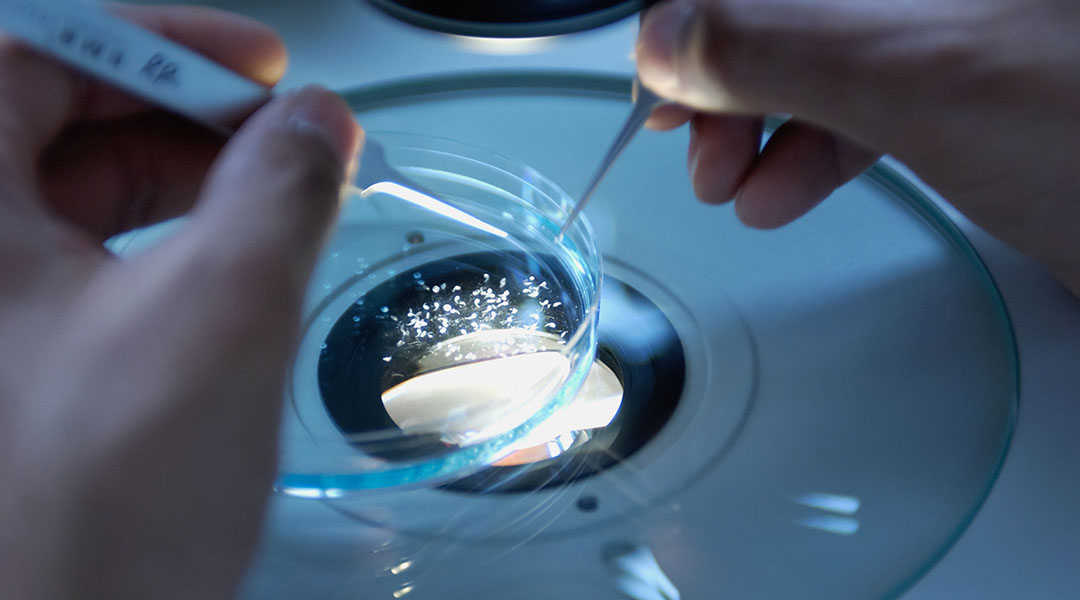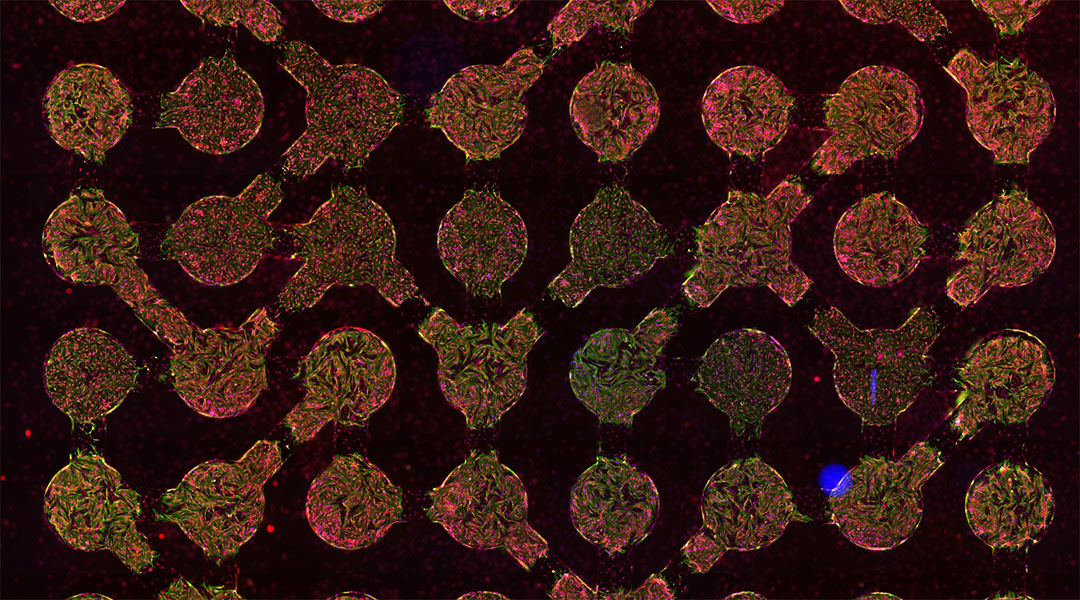Scientists are delving into the future of hair loss treatments, from macromolecules to laser therapies and CRISPR gene editing.


Scientists are delving into the future of hair loss treatments, from macromolecules to laser therapies and CRISPR gene editing.

Bacteria residing inside tumors provide a surprisingly powerful immunotherapy platform to combat different cancers.

Defining the molecular sequence of ink ingredients gives chemical engineers precise control of microscopic 3D printing.

Scientists are exploring the behavior of electrons in helicoidal graphene strips, a unique form of graphene with a twisted shape.

Catalysts that mimic antioxidase enzymes show promise in treating inflammatory diseases, such as gum disease, lupus, or cancer.

4D printing produces a living polymer network that can be printed into 3D shapes and then broken down into its monomer units for reuse.

Researchers turn to nanotechnology to boost the detection of pathogens, including SARS-CoV-2.

Chien-Shiung Wu was an expert in nuclear physics, making many significant contributions to not only the field, but our understanding of the Universe.

A biocomputer built from connected heart cells solves computational problems with high accuracy and at a low computational cost.

The genetic variant that causes Gaucher disease may have helped breakdown tuberculosis-causing bacteria in cells through lipid buildup.